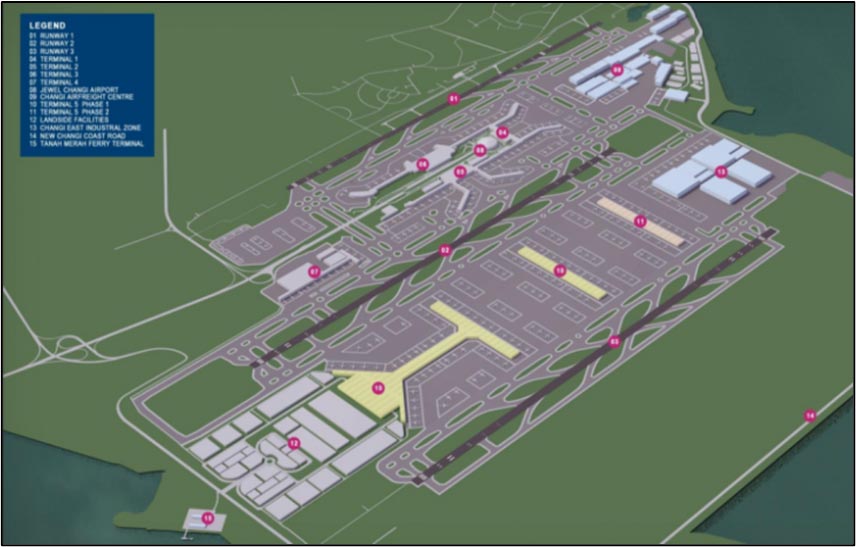Overview
The BNP simulation team develops detailed simulation models for inbound baggage systems to determine the requirements for baggage claim devices, input belts, and floor area space, based on IATA standards, to ensure a level of service.
When simulating an inbound baggage system, we consider the following:
Arrival Flight Schedule
We collaborate with our clients and airports to collect the arrival flight schedule, including the number of flights, seats, load factors, terminating/local bag counts, and aircraft type.
Passenger Movement Systems
Travel time for passengers, based on arrival flight gates, flight type (international vs. domestic), and delays in passenger deboarding from the plane, is used to model passenger movement from flight arrival to the beginning of the bag reclaim process.
Arrival Baggage Delivery System
Our simulation team utilizes the actual design layout of the arrival baggage delivery system to simulate the delivery of terminating bags to reclaim devices. We take into account airport-specific assumptions regarding baggage unload processes from aircraft, tug and dolly drive times, delivery methods, and the offload of bags onto the input belts.
Where site-specific data is not available, our team can conduct on-site data collection and surveys at the airport to gather relevant data for simulation of the arrivals systems:
Model Development
Using 3D simulation software (such as AutoMod and Sim 3D), BNP develops a detailed simulation of the arrival baggage system and passenger movement system. These models reflect the existing or proposed layout and operational characteristics of each component.
The components typically include:
- Arrival gates and terminal halls for the movement of passengers, including immigration counters for international arrivals
- Arrival baggage delivery system, including security/ customs screening of arrival baggage if applicable
- Claim devices and passenger queueing in the claim area
- Recheck bag drop-off facilities
- Odd-sized bags claim facilities
The BNP team has modeled a variety of arrival baggage delivery systems, including conventional conveyors, ICS systems, Automated Guided Vehicles (AGVs), and Tug/Dolly roadways, for the delivery of arrival bags from aircraft to claim devices.
Analysis
Simulation models are run to analyze:
- Number of claim devices required
- Expected Level of Services (LOS A/B, C or D) based on IATA standards
- Passenger wait time at claim devices
- Immigration/Customs facility requirements
- Optimal claim device assignment policies
- Arrival baggage delivery times, including queueing data of tugs/dollies
- Arrival Facility requirements for passengers
- First bag and Last bag delivery key performance indicators
For design improvements or alternatives proposed by BNP, iterative evaluations are performed with the Design Team to ensure the inbound baggage system meets the required performance goals.





